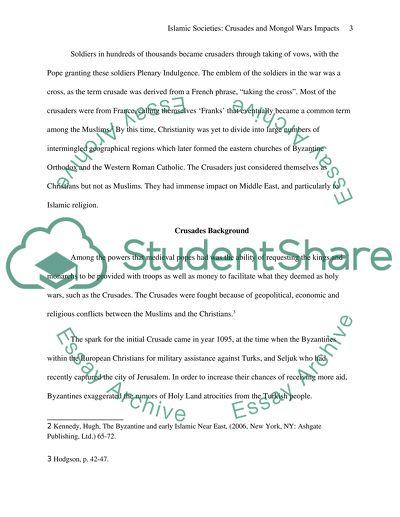Cite this document
(“Internal weaknesses that impacted the Islamic Societies during the Essay”, n.d.)
Retrieved from https://studentshare.org/history/1395888-internal-weaknesses-that-impacted-the-islamic
Retrieved from https://studentshare.org/history/1395888-internal-weaknesses-that-impacted-the-islamic
(Internal Weaknesses That Impacted the Islamic Societies During the Essay)
https://studentshare.org/history/1395888-internal-weaknesses-that-impacted-the-islamic.
https://studentshare.org/history/1395888-internal-weaknesses-that-impacted-the-islamic.
“Internal Weaknesses That Impacted the Islamic Societies During the Essay”, n.d. https://studentshare.org/history/1395888-internal-weaknesses-that-impacted-the-islamic.


